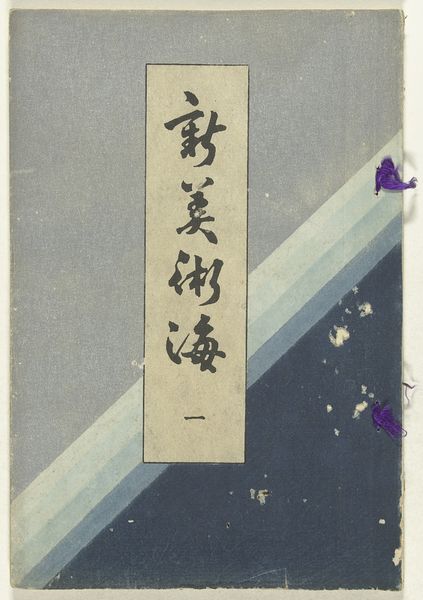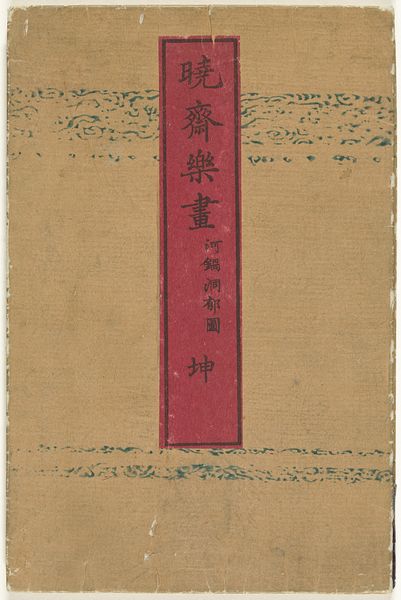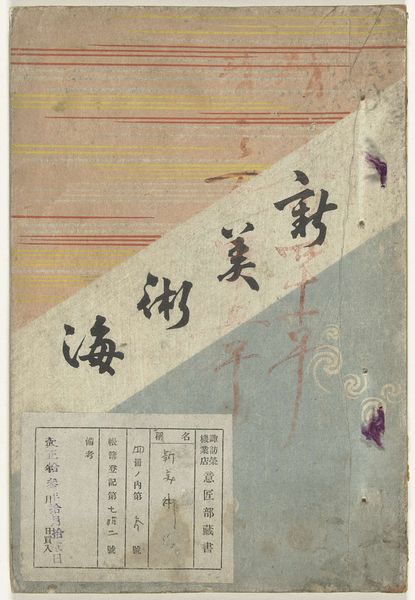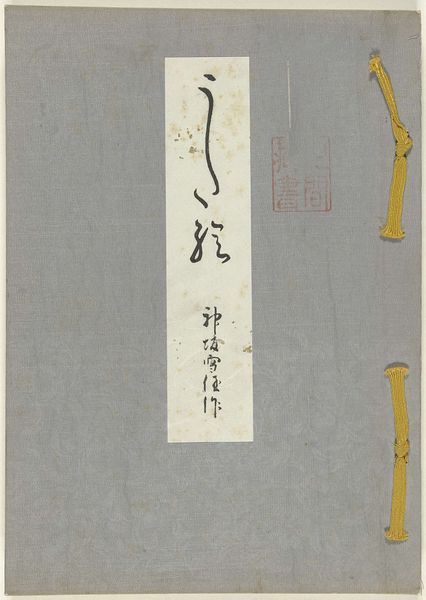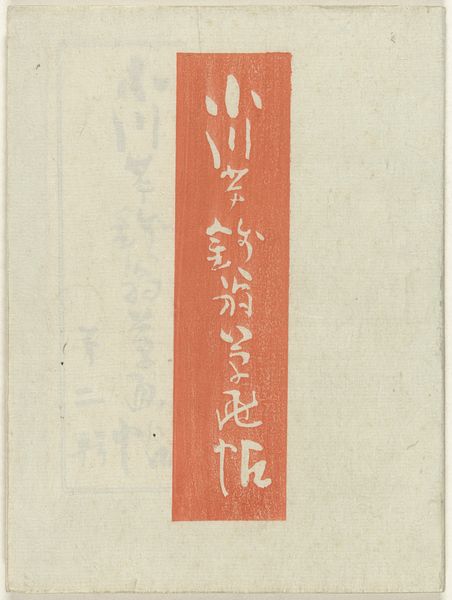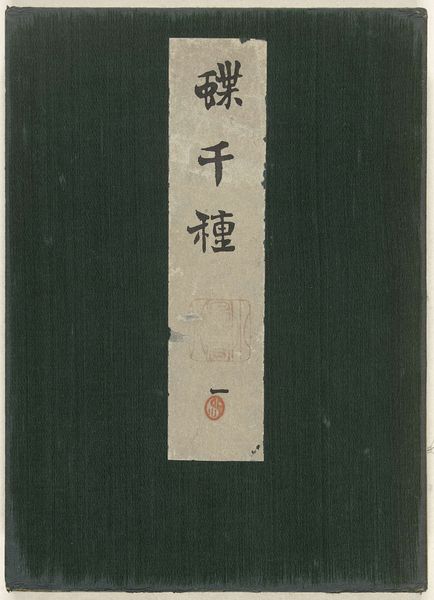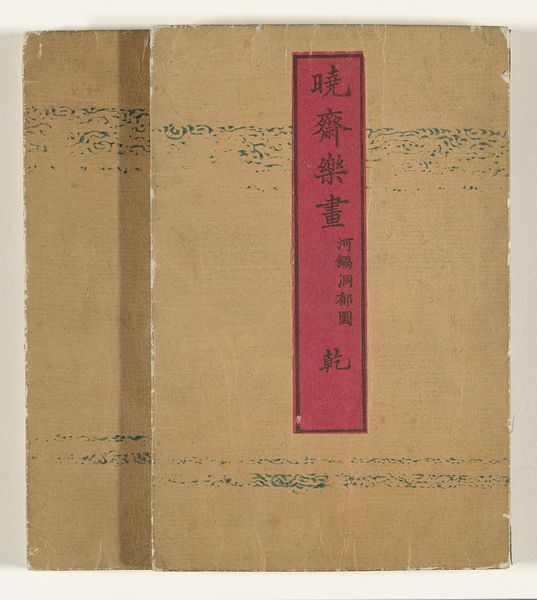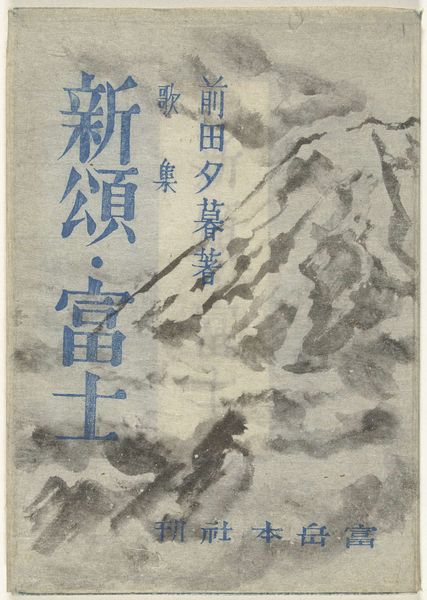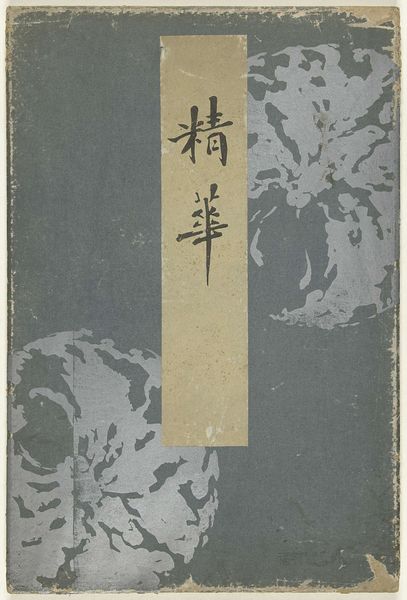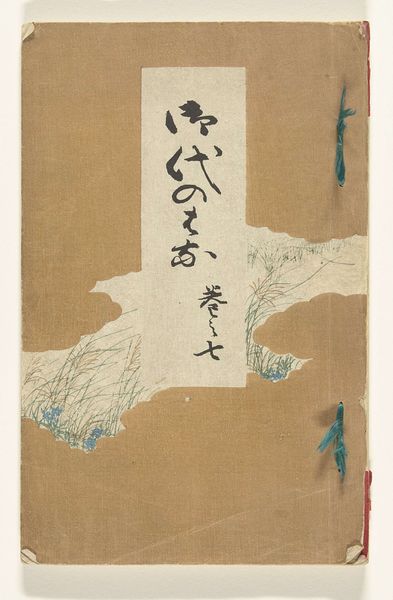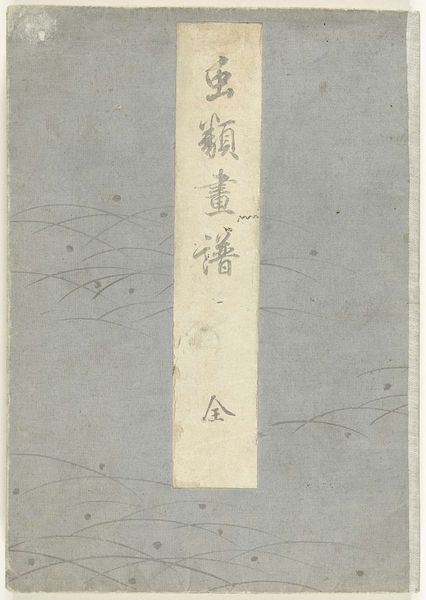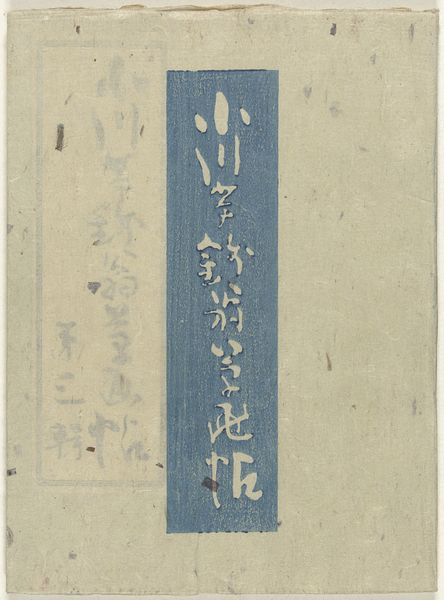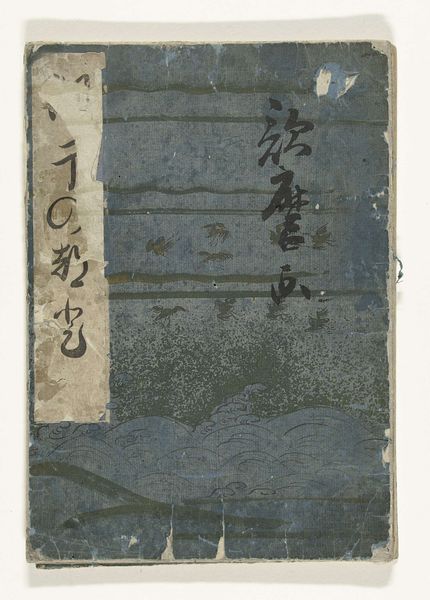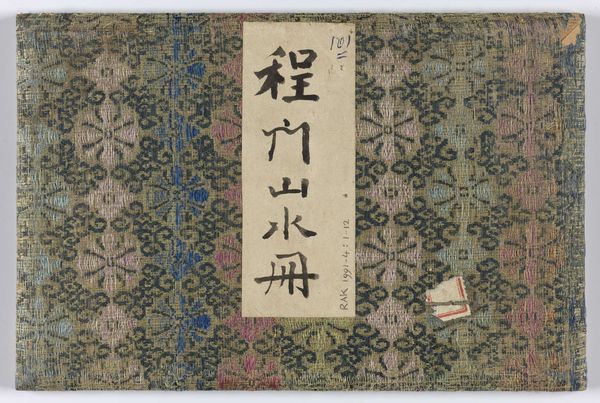
Dimensions: height 241 mm, width 163 mm
Copyright: Rijks Museum: Open Domain
Editor: So, this is Furuya Korin's "Nieuwe zee der kunsten - 11," dating from around 1903-1904, held in the Rijksmuseum. It’s a watercolor piece. It strikes me as incredibly simple, almost like a child's drawing, yet there's a sophistication in its design. What catches your eye? Curator: It’s intriguing how this simple design reflects the societal context of art production and consumption at the turn of the century. What role did albums like this play in popularizing art and aesthetics? Editor: Well, wouldn't this type of print, relatively inexpensive watercolor, make art more accessible to the wider population? Curator: Exactly. Ukiyo-e, the “pictures of the floating world,” democratized art, making it available to merchants and other commoners, not just the elite. We often think about *who* produces art but sometimes overlook who art is made *for.* Editor: That’s true; I never really thought about it that way. The water design looks a little repetitive, almost mass-produced? Was this kind of artwork supposed to be disposable, a mere visual amusement? Curator: These images served multiple purposes. Disseminating visual ideas across society, certainly. Consider the cultural and commercial impact—the power of repeated imagery in creating desire. Look at how patterns, even these simplified wave forms, are incorporated into clothing, interior design, exported goods…Art, then, becomes part of everyday life. Is that something we think about today? Editor: I suppose not…I hadn’t considered that artworks such as these functioned beyond being ‘art’ – they helped promote ideas and set aesthetic trends! Thank you! Curator: And I hadn't fully appreciated the degree to which repetitive visual motifs served in merchandising culture!
Comments
No comments
Be the first to comment and join the conversation on the ultimate creative platform.
